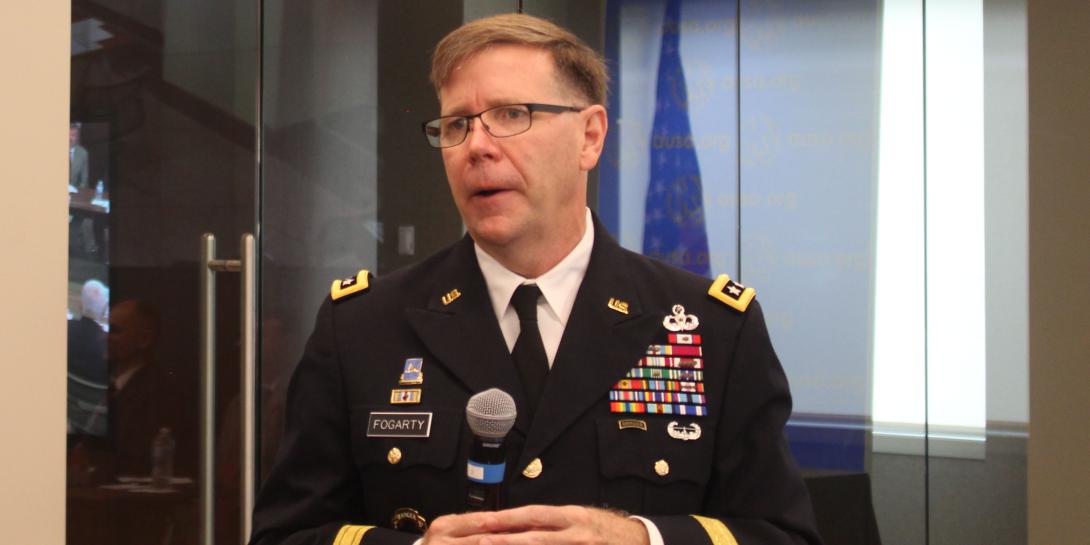Army Unveils Enterprise IT As A Service Strategy
The U.S. Army is well underway with its strategy to build a modern integrated tactical network through the efforts of the Program Executive Office Command, Control and Communications–Tactical and the Army Futures Command’s Network Cross Functional Team. But leaders know that a tactical network on the battlefield edge won’t be effective without a robust enterprise network.
For this, the Army is pursuing a “big new idea,” beginning with the implementation of a pilot program to test and refine the strategy of offering enterprise information technology as-a-service, under which it will provide network transport, end user devices and cloud services to warfighters. The Army will look toward the U.S. Air Force model, known as EITaaS, explained Lt. Gen. Stephen Fogarty, USA, commanding general, Army Cyber Command.
Just 90 days in, the Army’s effort can benefit from the Air Force’s experience implementing an enterprise as a service model over the last two and a half years, he noted.
“This is going to be new, so the partnership with the Air Force, we think, is critical to our success of the pilot,” Gen. Fogarty said. “And we are going to go with industry and ask them to provide transport, end user devices, cloud services and other services that are going to allow us to provide that network our commanders need. And if we hit our end state, then we're giving our commanders what they need from a tactical edge with the great capabilities that we're starting to field right now, all the way back up to the strategic portion of our mission.”
The cyber commander spoke to Army Signal officers, other leaders and industry on March 12 on the opening day of AFCEA’s 2019 Army Signal Conference in Springfield, Virginia.
LTG Stephen Fogarty, CG, USA, CG @ARCYBER: we will do a series of pilots to look at bringing Enterprise As a Service to the @USArmy looking to the @usairforce model pic.twitter.com/c1mdJjcKVj
— Kimberly Underwood (@Kunderwood_SGNL) March 12, 2019
To the industry officials at the forum who could potentially be offering such IT services, Gen. Fogarty stressed that any aspects of the enterprise network would have to be secure. “Gen. [Paul] Nakasone’s been very direct on this,” Gen. Fogarty said. “The security of the network has to be equal to or better than what we have today.”
Gen. Fogarty only discussed initial plans for the first pilot location at the Army Futures Command (AFC). “We have scoped that and are building that out as we speak.” The Army intends to have contracts signed by mid-summer, and then start to implement enterprise IT services at the AFC.
During the rest of fiscal year 2019, Army leaders will continue to consider other sites for the pilot. “We’ll work our way through all of the four-star commands, because what we're trying to do, in order to make sure that the pilot gives us the information we need to make the big decision, is to make sure it represents really the variety and the diversity of the [288] different Army installations," he said.
The Army may elect to bundle IT services, Gen. Fogarty clarified, which is a bit different than how the Air Force has pursued it. And initially the pilot locations will be limited it to the continental U.S. and involve the unclassified NIPRA and secret-level SIPRA networks, and will not involve the top secret layer, he stated.
“This is moving, very, very fast,” Gen. Fogarty said. “[But] this is about improving capability, it is not about cost savings. Now, I can’t run wild, because I have to pay for this [pilot from the Cyber Command]. And we’re going to have to prove [the strategy], but it’s the right idea.”





Comments